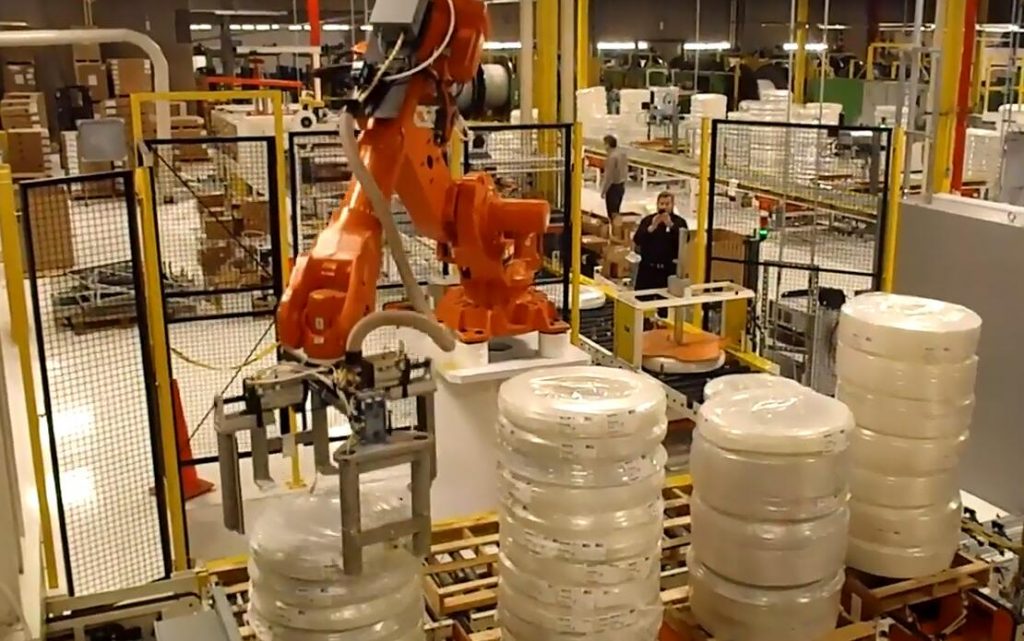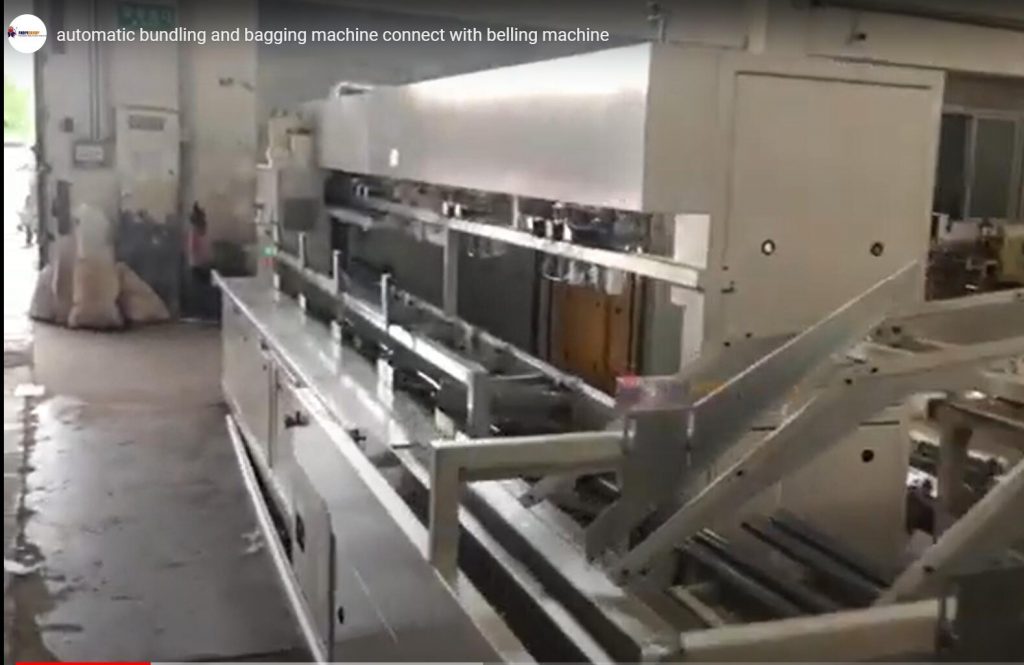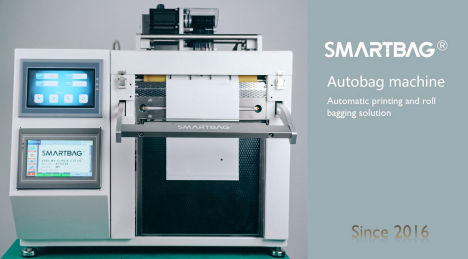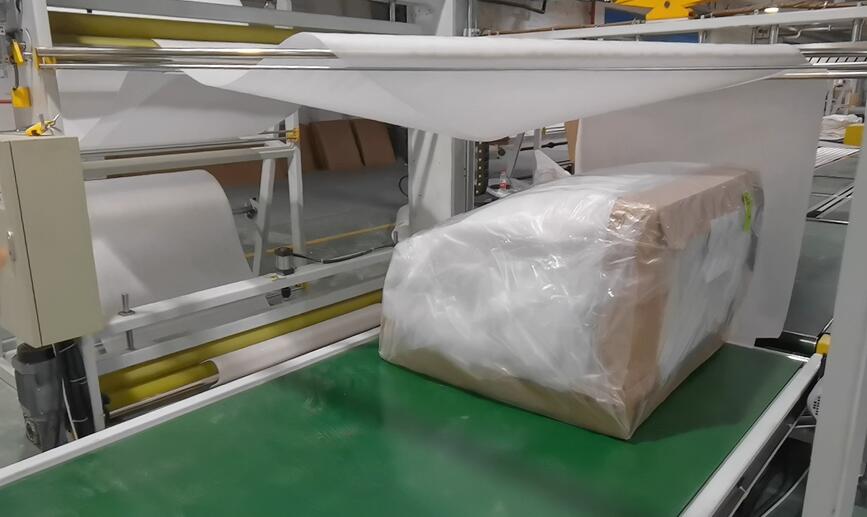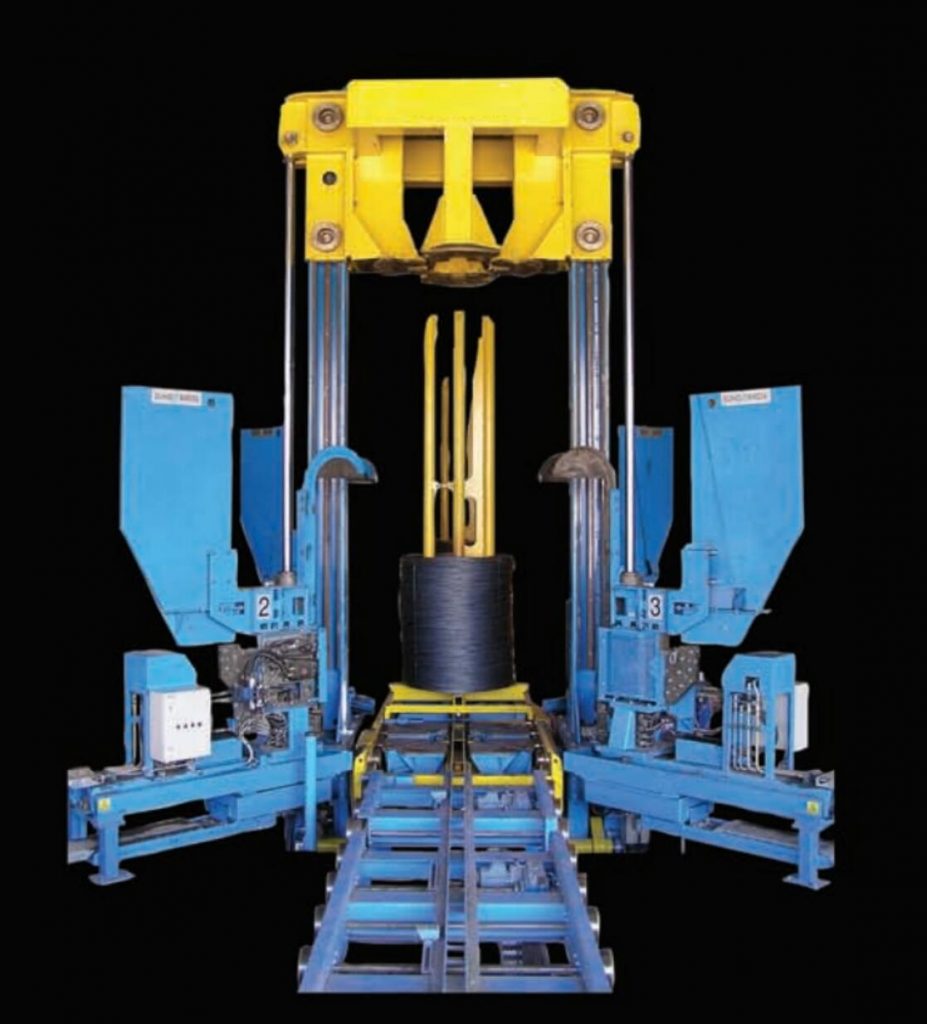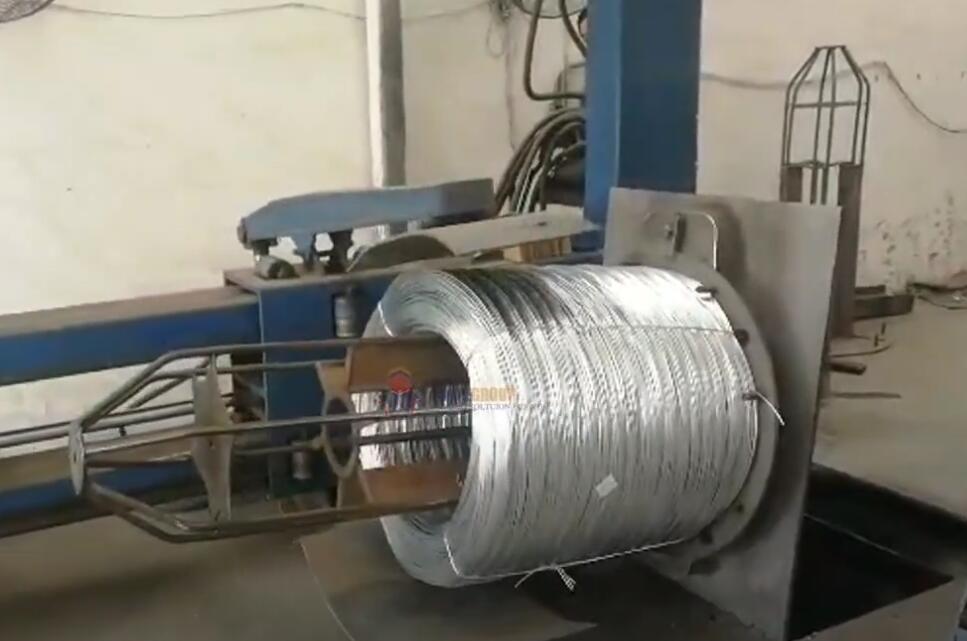Enhancing Packaging Throughput with Automated Tape Wrapping Technology
In today's demanding manufacturing and logistics landscapes, optimizing packaging operations for speed, consistency, and cost-effectiveness is no longer optional—it's essential for maintaining a competitive edge. Manual or semi-automated bundling processes often introduce variability, increase labor costs, and can become significant bottlenecks. The implementation of advanced automation, such as the automatic tape wrapping machine, presents a robust solution for securely unitizing products across various industries.
Core Operating Principles and Technical Advantages
Automated tape wrapping systems are engineered for precision and reliability. Central to their operation are several key technological components frequently cited in packaging automation research and patent literature (e.g., advancements in tension control mechanisms and applicator head designs):
- Programmable Logic Controller (PLC): Serves as the machine's brain, precisely managing cycle times, tape feed length, tension settings, and integration with upstream or downstream equipment via intuitive Human-Machine Interfaces (HMIs).
- Advanced Tension Control Systems: Critical for application versatility, these systems dynamically adjust tape tension—often using servo drives or feedback loops—to ensure a secure wrap without crushing or damaging delicate products. This adaptability is crucial when handling substrates ranging from rigid electronics casings to softer paperboard packaging.
- Optimized Tape Application Head: Designed for clean cutting and reliable sealing of the tape, minimizing jams and ensuring consistent closure. Modern designs focus on longevity and minimal maintenance requirements.
- Integrated Conveying/Indexing: Ensures consistent product positioning for repeatable wrapping accuracy, essential for high-speed operations and integration into fully automated lines.
Studies comparing manual versus automated packaging consistently show significant reductions in material waste (up to 15-20% in some cases) and substantial increases in throughput with automated systems like tape wrappers.
Diverse Industrial Applications and Performance Benefits
The adaptability of automatic tape wrapping makes it suitable for a wide array of applications:
Electronics and Component Manufacturing
Securing small electronic devices, circuit boards, or bagged components requires careful handling and reliable bundling to prevent shifting and impact damage during transit.
- Damage Prevention: Precisely controlled, adjustable low-tension wrapping protects sensitive items.
- Process Consistency: Ensures uniform bundle integrity, crucial for automated warehousing and handling.
- Lean Manufacturing Support: Minimizes tape consumption compared to manual methods, reducing costs and environmental footprint.
Print, Publishing, and Media Fulfillment
The high-volume nature of the printing and publishing industry demands efficient end-of-line packaging solutions.
- High Throughput: Capable of achieving cycle rates suitable for demanding production schedules (potentially exceeding 25 bundles per minute, depending on product dimensions and configuration).
- Product Integrity: Securely bundles books, magazines, or promotional materials without requiring damaging adhesives or excessive force.
- Labor Optimization: Reduces manual handling, freeing up personnel for higher-value tasks within the bindery or fulfillment center.
Food, Beverage, and Confectionery Packaging
Maintaining product presentation and ensuring efficient handling are paramount in the food industry.
- Aesthetic Preservation: Delivers neat, consistent wraps that maintain brand image on primary or secondary packaging like chocolate boxes or multi-packs.
- Increased Output: Achieves high speeds (potentially up to 30 packages per minute) necessary for fast-moving consumer goods lines.
- Operational Hygiene: Automation minimizes direct manual contact, supporting stringent food safety standards.
Representative Performance Specifications
While exact specifications depend on the model and configuration, typical parameters for industrial automatic tape wrapping machines include:
- Operational Speed: 15 - 35 cycles/minute (influenced by product size and complexity)
- Compatible Tape Materials: BOPP (Biaxially Oriented Polypropylene), Kraft paper tape, reinforced filament tapes
- Tape Width Range: 12mm - 75mm (0.5" - 3.0")
- Product Size Window (Typical):
- Length: 50mm - 600mm
- Width: 30mm - 400mm
- Height: 10mm - 300mm
- Control Architecture: PLC with Touchscreen HMI
- Electrical Supply: Standard industrial voltages (e.g., 220V/380V/480V, 50/60Hz)
- Tension Adjustment: Electronically controlled via HMI or precision mechanical system
Conclusion: A Strategic Investment in Packaging Efficiency
Automated tape wrapping technology represents a significant upgrade over manual methods, offering quantifiable improvements in packaging speed, consistency, material efficiency, and labor utilization. By integrating such systems, manufacturers and distributors can achieve more streamlined, cost-effective, and reliable packaging operations.
For further technical information or to discuss how this automatic tape wrapping machine can be tailored to your specific application requirements, please contact our technical sales team.
Contact: info@fhopepack.com

